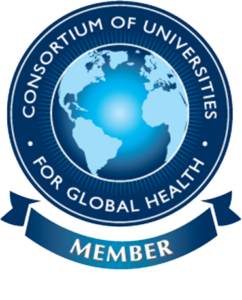Student research opportunities in professor Eunha Hoh’s lab span the gamut, from air and water quality to California condor research. Video: Ryan Schuler Photo: Scott Hargrove
Hands-on lab research in professor Eunha Hoh’s environmental science lab ranges from air and water quality to the California condor.
By Padma Nagappan
When you walk into Eunha Hoh’s lab housed deep inside Hardy Memorial Tower, it’s a hub of thriving research activity. An environmental scientist within the School of Public Health, Hoh supervises undergraduate and graduate students who analyze air and water quality and their impact on humans, animals, and birds.
Many of her students come from pure science backgrounds and in her lab have found a pathway to apply their theoretical learning in practical ways that help mankind.
Jade Johnson is a first-year graduate student in environmental health science studying the removal of contaminants for wastewater recycling. She began doing research in Hoh’s lab as a chemistry undergrad.
Maggie Stack, a second-year grad student, relocated to San Diego from Maine to join Hoh’s lab and study the impact of contaminants on the California condor. She majored in biology as an undergrad.
Pamela Olguin, a first-year master’s student, was given a referral to Hoh as a Grossmont College transfer student pursuing a bachelor’s in chemistry, because of her interest in anti-smoking advocacy. She studies the impact of exposure to smoking.
Hoh is one of many professors at San Diego State University who encourage undergraduates to pursue research and offer lab research opportunities.
“I like training undergrads because I want to make sure they understand their degrees are very valuable and to show them the career paths that are possible,” Hoh said. “They’re often not aware of how to apply their learning to public health and the tangible problems in society.”
She recalled how as a chemistry undergrad herself, she did not know about all the potential pathways. “That’s why I want our students to be highly motivated for the basic improvement of society, instead of wondering ‘What am I doing here?’ When I found this path, I was super motivated.”
When she is looking for students to join her lab, she calls the undergraduate advisors for biology, chemistry and environmental science. Grad students mentor undergrads, training them on instrumentation and lab processes, and second-years mentor first-years, creating a collaborative work environment.
Here is a closer look at three current projects.
Cross-disciplinary research
Jade Johnson splits her time between two labs on campus.
She collects wastewater samples and operates a lab-sized treatment system at associate professor Natalie Mladenov’s Water Innovation and Reuse Lab in the Department of Civil, Construction, and Environmental Engineering. There, Johnson studies the efficiency of decentralized wastewater treatment technology in removing contaminants.
Johnson then brings the wastewater samples to Hoh’s lab where she uses state-of-the-art analytical instrumentation, such as two-dimensional gas chromatography coupled with mass spectrometry, to analyze for trace organics and find contaminants of concern. The two professors collaborate on a joint National Science Foundation funded project.
Johnson grew up on a Navajo reservation in Arizona near Grand Canyon National Park, and is the first in her family to graduate with a STEM degree and attend graduate school. As an SDSU undergrad, she found out about the MARC (Maximizing Access to Research Careers) fellowship for underrepresented students and the Summer Undergraduate Research Program funding.
She applied to both, and through her mentor at the Native American Research Center for Health (NARCH), sought a referral to Hoh and has worked with for the past three summers.
“Research opportunities differ from lab to lab. In professor Mladenov’s lab, we work independently and figure things out on our own,” Johnson said. “Professor Hoh is a pioneer in her field and I like how interdisciplinary the work done here is, and how it connects so many fields and informs public policy.”
Helping endangered condors
Maggie Stack receives funding from the California Sea Grant to research the impact of environmental pollutants on the California condor, which is critically endangered. The project is a collaboration between SDSU and the San Diego Zoo.
She heard about Hoh’s research from a friend while working at a non-profit in Blue Hill, a small town in Maine, where she studied microplastic pollution in marine animals such as dolphins. So Stack flew out to San Diego to meet Hoh, visit the lab and see if it would be a good fit before applying to the MS program.
“Everyone tells you to make sure you find a good advisor for grad school. Right off the bat, I could tell she cared about her students,” Stack said. “The condor project was fascinating.”
At one time the condors were nearly extinct, but a captive breeding program initiated by the zoo with other collaborators has helped boost their dwindling numbers to more than 500 now. But they are experiencing reproductive stress, so Stack monitors their health by procuring blood samples that she analyzes for contaminants in Hoh’s lab.
Tracking smoke exposure
Pamela Olguin participated in anti-smoking advocacy as a high school student, which eventually led to her current research on smoke exposure.
She applied to Creating Scientists to Address Cancer Disparities, a joint program at the University of California, San Diego and SDSU for transferring students, that comes with a paid summer internship. She was referred to Hoh who is one of several SDSU researchers involved in smoking research.
“I learned how chemistry is widely applicable outside of sciences, and how it can be used in a public health lab, and how to present my work,” said Olguin, who studied thirdhand smoke, the toxic residue from tobacco smoke.
By senior year, her research experience influenced her to pursue a master’s in environmental science. She now studies polycyclic aromatic hydrocarbons, a complex compound present in cigarette smoke, and tracks what people absorb by giving them a silicon wristband to wear which absorbs chemicals to which they’re exposed.
She recommends students interested in applying to labs do their homework first.
“Research your professors beforehand, read a couple of their papers, make sure it’s something you’re interested and go talk to them. They’re all willing to take you in because undergrads can be so useful in labs.”
***********
Students interested in undergraduate and graduate research opportunities at SDSU can visit research.sdsu.edu to learn more.





